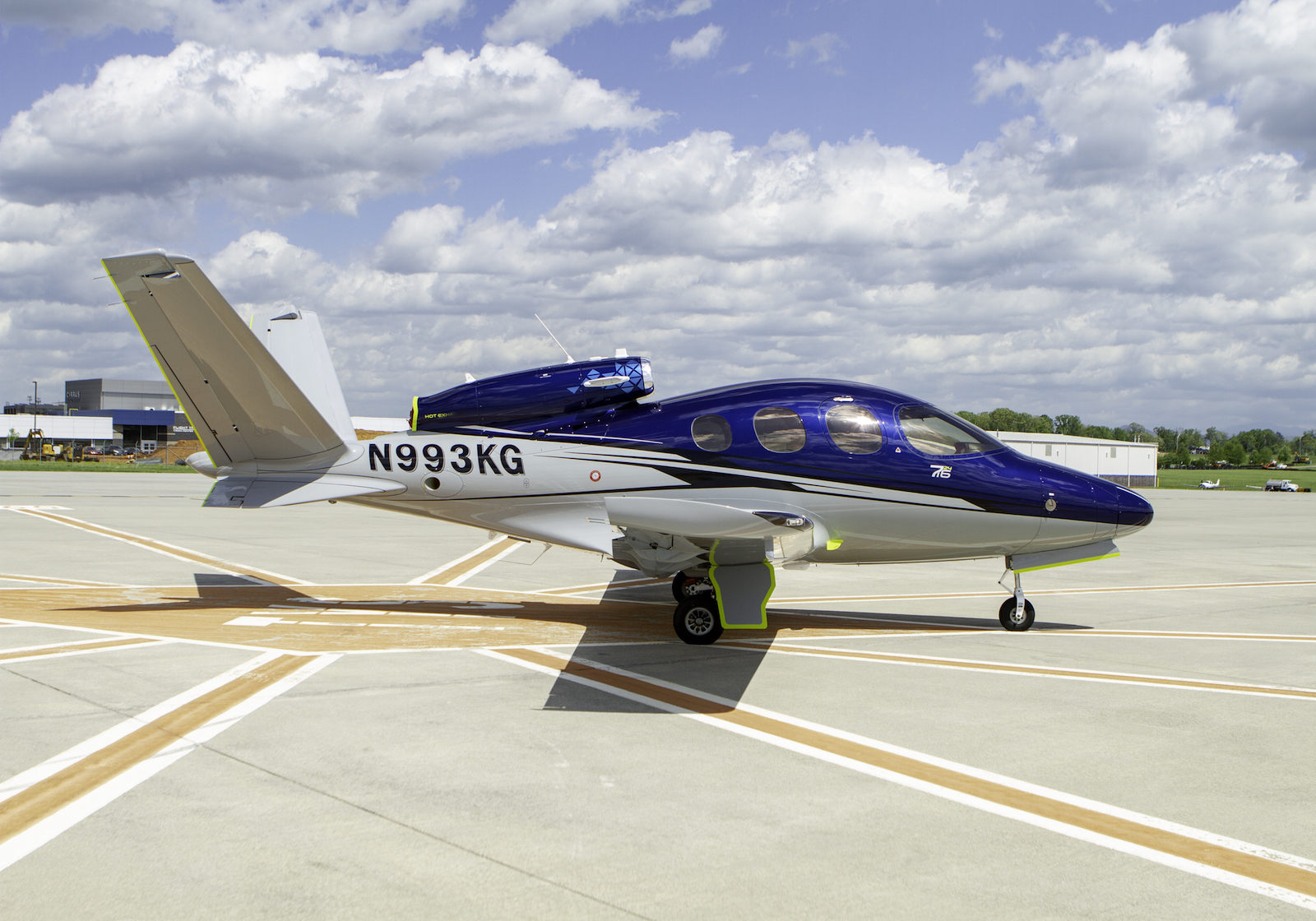

But in our view, the most impressive thing about the Part 23-certified SF50 is that it even exists to talk about. Moreover, its cabin and cockpit dwelling is perhaps the most satisfying we’ve experienced. Or that Cirrus likely will achieve its goal of making it a safe step-up jet for qualified SR22 piston pilots. To date, more than 200 aircraft have been delivered and operated by the operator in various services.For a moment, let’s forget that the Cirrus SF50 Vision Jet is arguably the most technically advanced personal light aircraft we’ve ever flown. The latest Vision Jet SF50 retails for around US$3,500,000. Other avionics installed include a second Mode S transponder, Automatic Direction Finder (ADF), Distance Measuring Equipment (DME), Enhanced Vision System (EVS) and Terrain and Warning System (TAWS) to warn pilots of potential conflict with obstacles and terrain. The Vision Jet SF50 avionics suite includes a 12-in dual heading system (AHRS), Wide Area Augmentation System (WAAS), Global Positioning System (GPS), active traffic system, XM radio, Air Data Computer (ADC), Transponder S Mode, input audio and telephony, 3-axis A/P, ADL and SD digital data processing. Garmin Avionics was selected as prime contractor for the avionics package by the CDC in March 2009. The Vesion Jet SF50 flight deck was originally integrated with the L-3 SmartDeck avionics suite which was later replaced with the Garmin G1000 avionics package. The Vision Jet SF50 has a flying range of 600 nm (1,100 km) with 1,200 lb (544 kg) payload at max cruise, and a maximum flight range of 1,200 nm (2,222 km) with 200 lb (91 kg) payload at economical cruise. The aircraft can operate day and night, as well as in hostile environments.

To take off the plane requires a distance of 2,036 ft (620 m), while to land requires a distance of 1,628 ft (496 m). The Vision Jet has a service ceiling of 31,000 ft (9,400 m). The maximum cruising speed of the Vision Jet SF50 is 311 KTAS (576 km/h), while the stall speed is 67 KCAS (124 km/h) using a flap. The William FJ33-5A engine is equipped with a two-stage low-pressure turbine, a centrifugal high-pressure compressor, a single-stage high-pressure turbine, a single-stage fan and circular combustion. The engine has a length of 0.97 m, a diameter of 0.53 m, and a dry weight of 140 kg. This engine is designed and manufactured by the US based engine manufacturer, William International. The Vision Jet SF50 is powered by a single William FJ33-5A turbofan engine capable of producing a maximum thrust of 1,846 lbf (8.21 kN). In addition, this business jet is also equipped with a ballistic recovery system, emergency exit, retractable landing gear, tinted windows, booster wand, pressurized cabin, environmental control system, and a parachute on the nose of the aircraft. The Vision Jet SF50 is equipped with the Cirrus Airframe Parachute System (CAPS), ice protection system, large luggage compartment, dual pelvic fins, vapor cycle cooling system, onboard oxygen generation system, optional toilet, satellite phone, lightning arrester and ski tube. With an empty weight of 3,550 lbs (1,610 kg), the aircraft is capable of carrying a maximum payload of up to 1,328 lb (602 kg). The Vision Jet has a length of 30.7 ft (9.42 m), a height of 10.9 ft (3.32 m), and a wingspan of 38.7 ft (11.79 m). The Vision Jet SF50 has a low-wing monoplane fuselage design made of carbon fiber composite material.


 0 kommentar(er)
0 kommentar(er)
